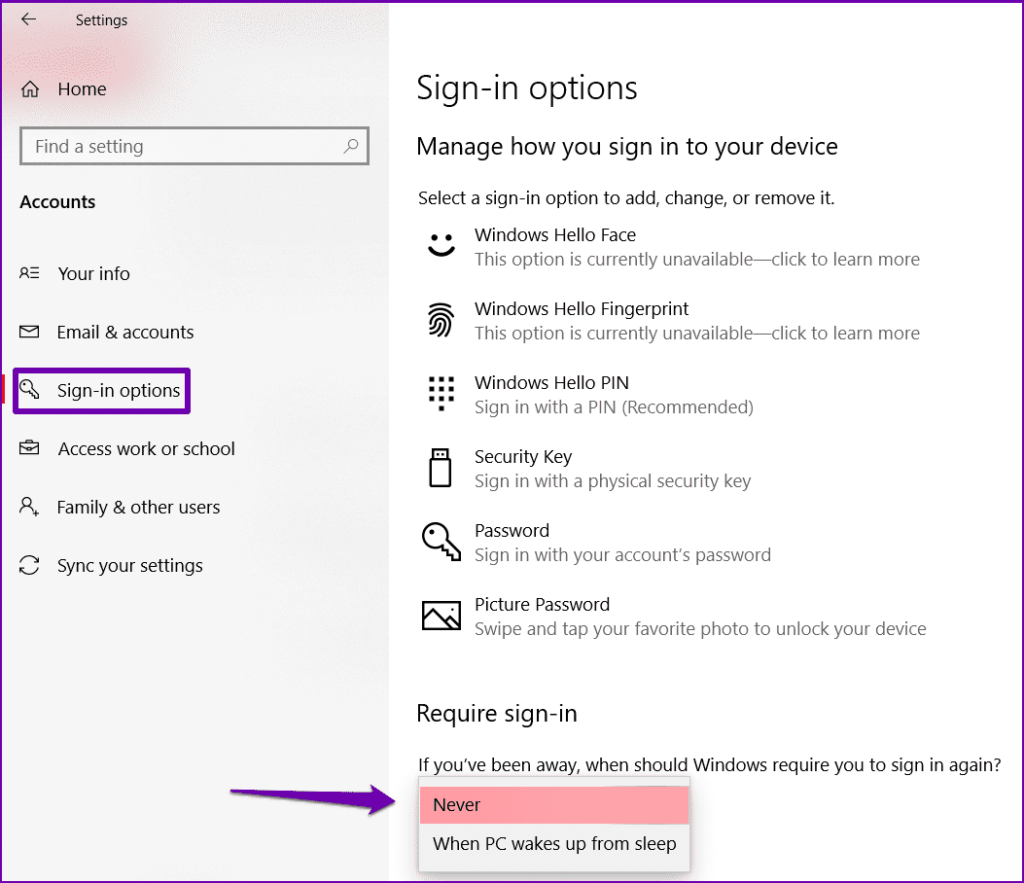Unchaining Access: A Thorough Guide on How to Disable Login Passwords in Windows 10

Introduction:
Windows 10, Microsoft’s versatile operating system, offers users the flexibility to customize their login experience. While passwords provide an essential layer of security, some users prefer the convenience of bypassing the login screen, especially on personal devices in secure environments. In this comprehensive guide, we will explore various methods to disable login passwords in Windows 10, catering to different user preferences and security considerations. Whether you’re seeking a hassle-free login experience or have specific reasons to eliminate the password requirement, this guide will walk you through the steps to achieve a password-free Windows 10 experience.
Understanding the Implications:
Before proceeding to disable login passwords in Windows 10, it’s crucial to consider the potential implications. Removing the password requirement eliminates a primary security measure, exposing your system to unauthorized access. It’s recommended to exercise caution and weigh the convenience of a password-free login against the security risks, especially on shared or public computers.
Methods to Disable Login Passwords:
Method 1: Using the Settings App
- Access the Settings App:
- Open the “Start” menu and click on the “Settings” gear icon (alternatively, press
Win + I).
- Open the “Start” menu and click on the “Settings” gear icon (alternatively, press
- Navigate to Accounts:
- In the Settings window, select “Accounts.”
- Choose Sign-in Options:
- Click on “Sign-in options” in the left-hand menu.
- Adjust Password Settings:
- Under the “Password” section, click on the drop-down menu and select “Never” to remove the password requirement.
- Verify Identity (if prompted):
- If prompted, verify your identity using other methods such as a PIN or Windows Hello.
Method 2: Using Netplwiz
- Open Run Dialog:
- Press
Win + Rto open the Run dialog.
- Press
- Access User Accounts:
- Type “netplwiz” and press Enter to open the User Accounts window.
- Adjust Password Settings:
- In the User Accounts window, uncheck the box that says “Users must enter a username and password to use this computer.”
- Confirm with Credentials:
- If prompted, enter your username and password to confirm the changes.
Method 3: Using Local Group Policy Editor
- Open Local Group Policy Editor:
- Press
Win + R, type “gpedit.msc,” and press Enter to open the Local Group Policy Editor.
- Press
- Navigate to Account Policies:
- In the editor, go to “Computer Configuration” > “Windows Settings” > “Security Settings” > “Account Policies” > “Password Policy.”
- Modify Password Settings:
- Double-click on “Password must meet complexity requirements” and set it to “Disabled.”
- Double-click on “Minimum password length” and set it to “0.”
- Apply Changes:
- Click “Apply” and then “OK” to save the changes.
Security Considerations:
- Password-Free Accounts are Less Secure:
- Disabling passwords reduces the security of your account, as anyone with physical access to your computer can log in.
- Use Alternative Security Measures:
- If you disable passwords, consider using alternative security measures such as Windows Hello facial recognition, PINs, or fingerprint authentication.
- Shared Computer Caution:
- Avoid disabling passwords on computers shared with others or in public spaces to prevent unauthorized access.
- Data Encryption:
- If you decide to disable passwords, ensure that your device’s storage is encrypted to protect your data.
- Regular Backups:
- Maintain regular backups of your important data to mitigate the risks associated with a less secure login setup.
Conclusion:
Disabling login passwords in Windows 10 offers convenience but should be approached with caution due to the potential security risks. Understanding the various methods provided in this guide enables users to make informed decisions based on their specific needs and considerations. Whether opting for the simplicity of the Settings app, the user-friendly Netplwiz method, or the advanced customization available in the Local Group Policy Editor, users can tailor their Windows 10 login experience to align with their preferences while remaining mindful of the importance of maintaining a secure computing environment.




